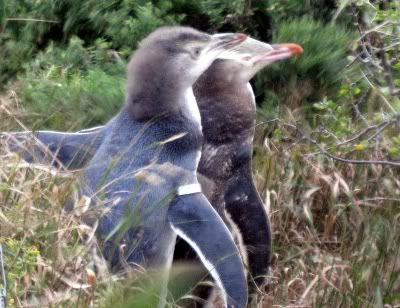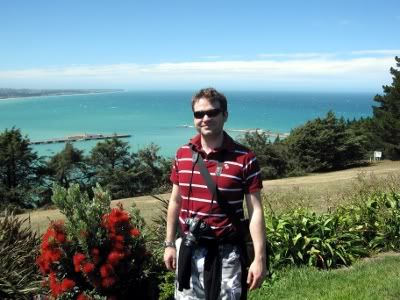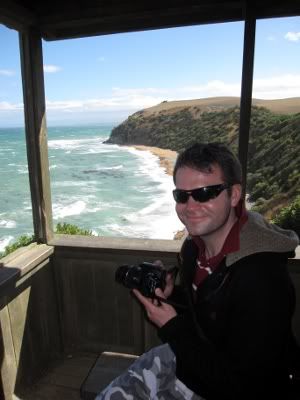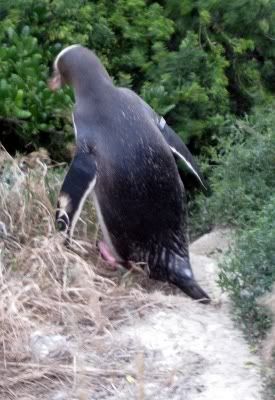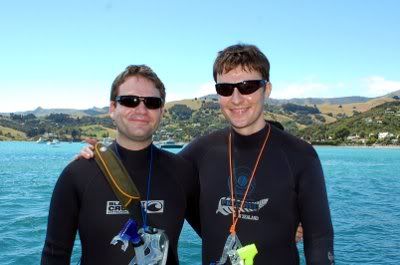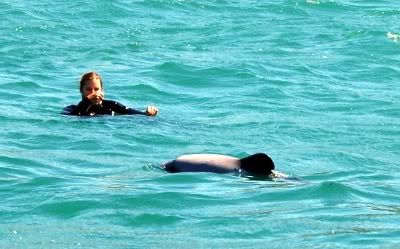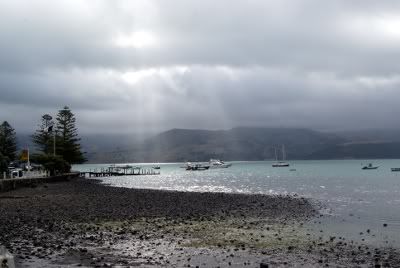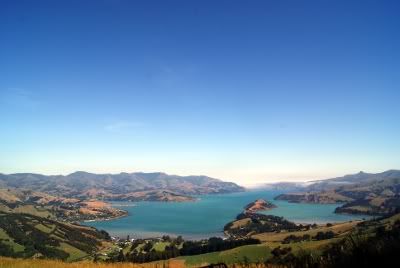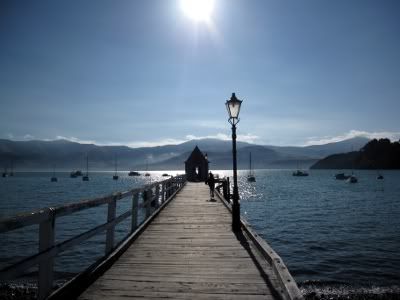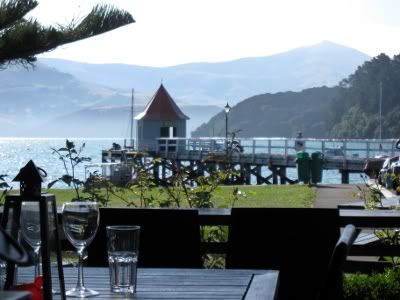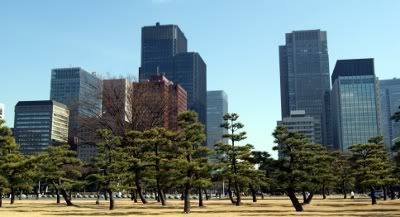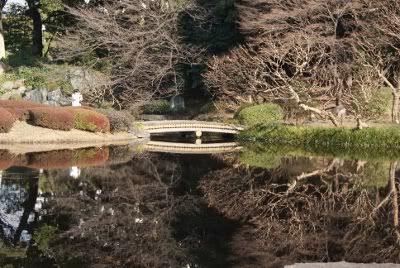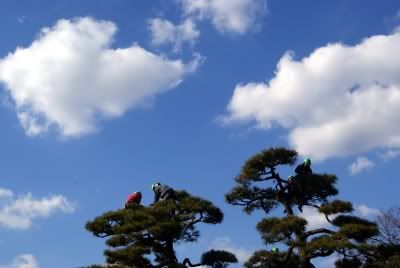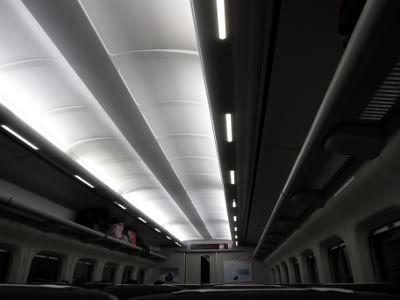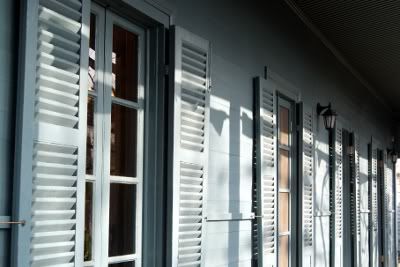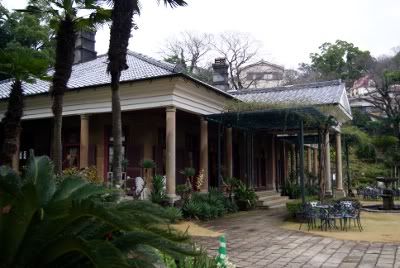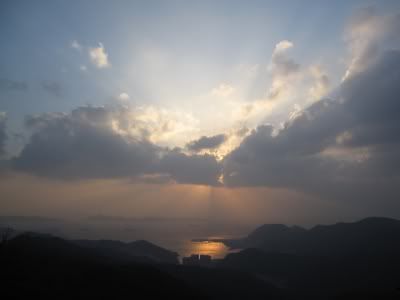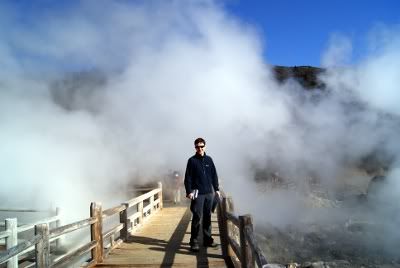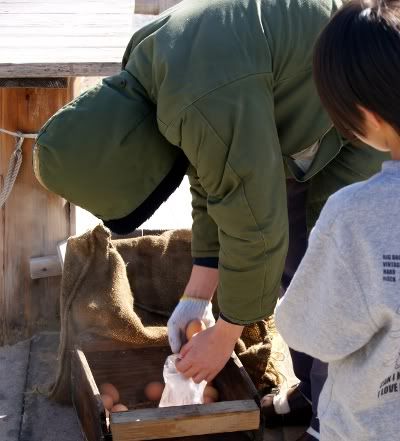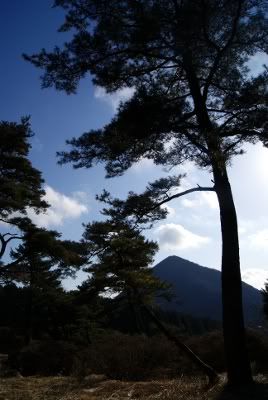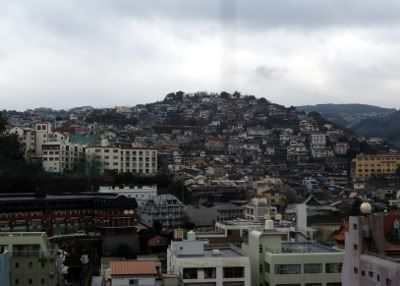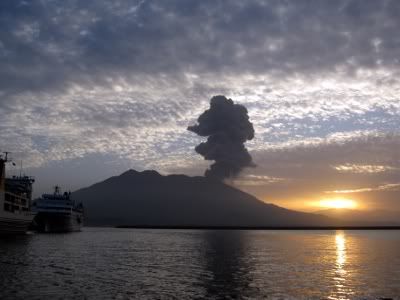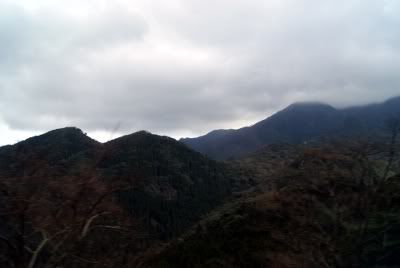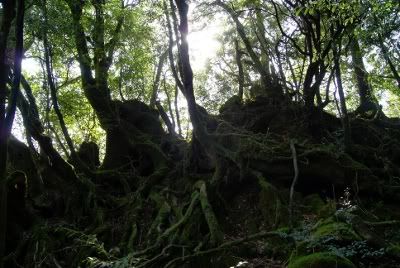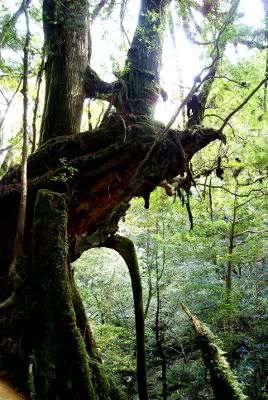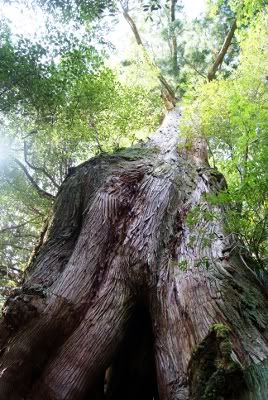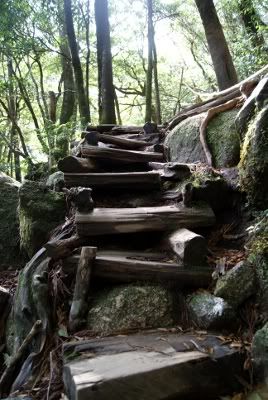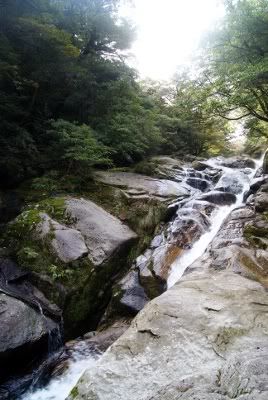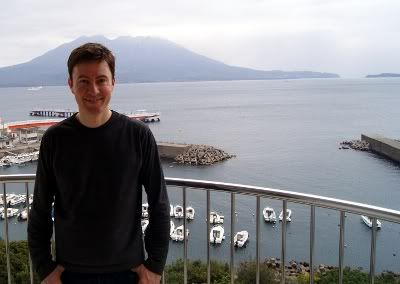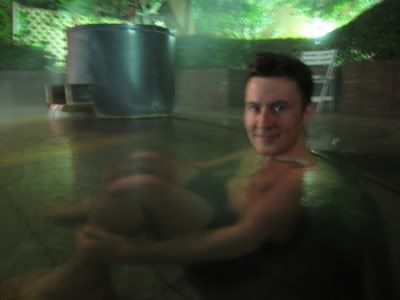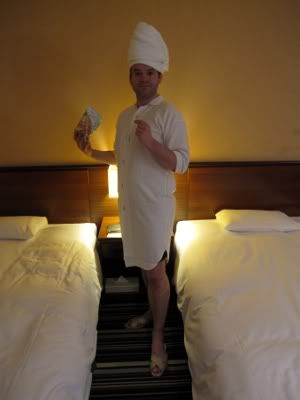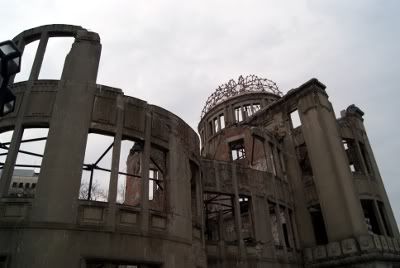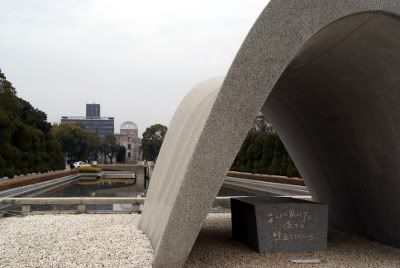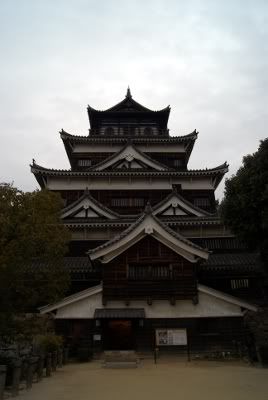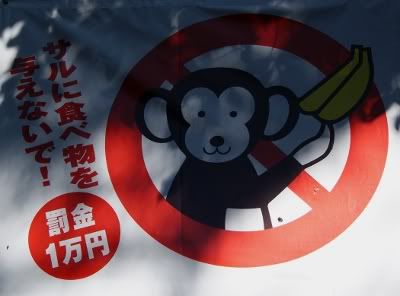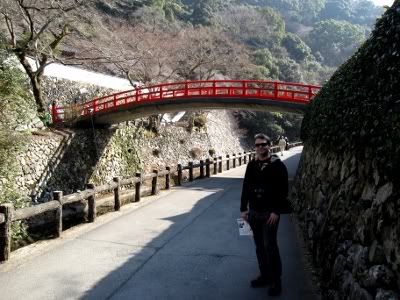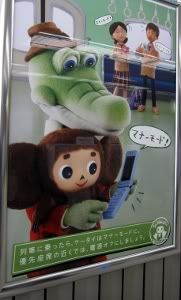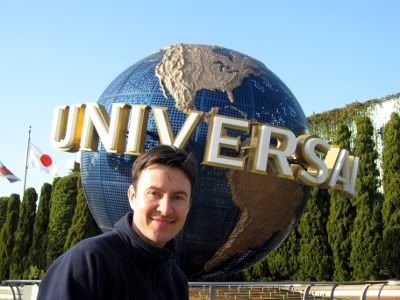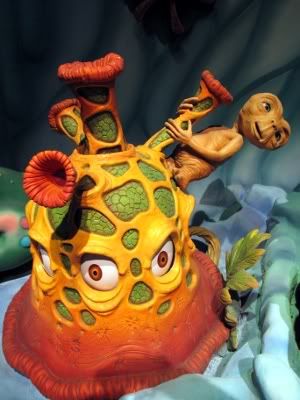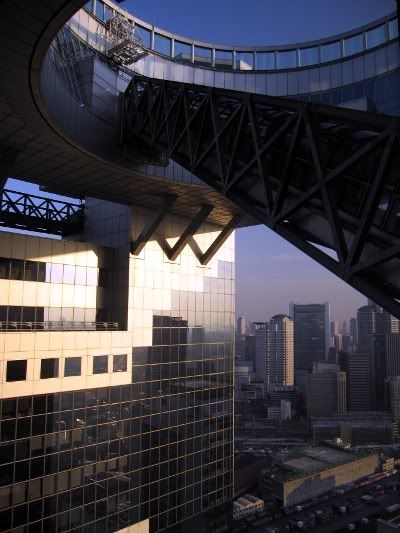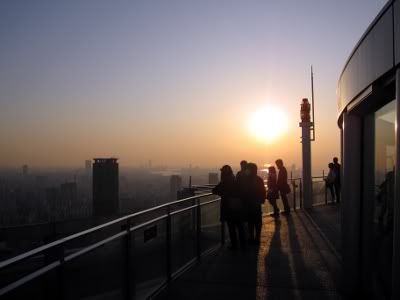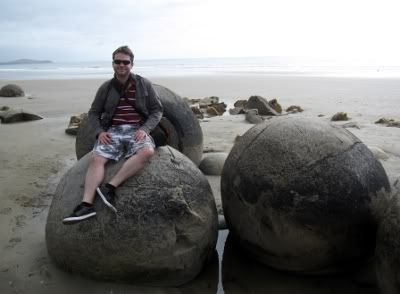
A quick coffee for breakfast was the only further attention Oamaru received from us, before we drove 40km south to visit Moeraki beach, where a rare geological phenomenon has created a series of large spherical boulders which – thanks to erosion of the soils surrounding them – now sit in pleasingly elegant clusters on the beautiful beach around them. The boulders closer to the sea were more eroded, with several split open to reveal their honeycomb interiors.
Rare geological phenomena aside, it seems like all of nature is determined to make this place glorious. To complement the pale yellow sand, lush green trees and bright blue sky Mother Nature had strewn a carpet of pale pink seaweed of a type I've seen nowhere else on the planet. Human beings are, as ever, less eager to assist with natural beauty, and we saw several names carved cruelly into the surfaceof the some of the more amazing boulders. At this rate, if Suze really does luv Derek 4ever then their love will be lasting much longer than these boulders.
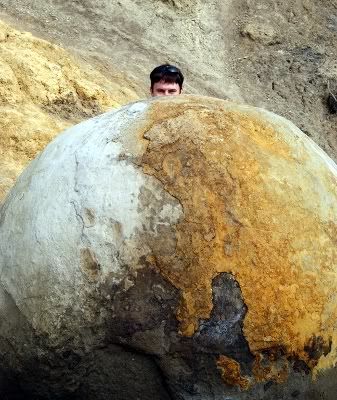
We had a quick sandwich among the sand dunes before setting off south for Penguin Place outside Dunedin. Penguin Place is a private Yellow Eyed Penguin conservation centre, and getting onto one of the public tours is a difficult business. We had made our reservation for a visit at 12:15 today back in November, and it was only as we climbed into the car to drive there that we realised we hadn't even thought about how long it would take to get to the centre. We plugged in the sat-nav and cheered when it came up with an estimated arrival time of 12:25. After haring down the roads and round the winding lanes of the Otago Peninsula, we arrived at 12:17 to find we had only missed the introductions.
We were led first to the penguin hospital, where two damaged penguins were patiently standing around in the sun, and one executed a very humorous jump off a log, which appeared to require all of his powers of concentration and balance. Our guide then drove us round to the far side of the hill to visit the beachside conservation area itself. I had imagined there would be perhaps a small stretch of beach and a bit of fenced off field, but in fact the conservation area stretched as far as the eye could see, including two huge rocky coves and an absolutely beautiful expanse of beach which curved for several miles from our lookout point round to a rocky peninsula on the other side.
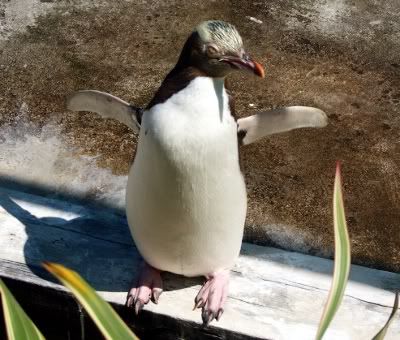
From the top of the hill where we were dropped off, we could see several large black seals playing in the surf, and down in their cove two male seals were having a fight while others were paddling or sunbathing on the rocks. This was already one of the most amazing things I'd seen wild in nature, and then the guide pointed out the little wooden houses built into the side of the hill beside us. Peering in through the doorway, you could easily make out the little blue penguins and their chicks having a nap inside. Clever birds, building little wooden houses like that.
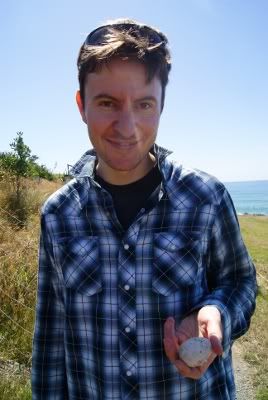
But we weren't here for the titchy blues. We walked down towards the bay and then out across to the grassy area behind it, where the yellow penguins come to nest (the yellow penguin is apparently a forest dweller by nature, and Penguin Place is planting lots of new shrubs to assist this). We saw a couple of baby penguins standing around in the sun, and then were led through a series of covered trenches to various hides which looked out at penguins variously having a snooze or standing around. We mostly saw babies (all around ten weeks old) as the parents wereall out at sea looking for fish, but this was fine as they are fluffier and more ridiculous than their parents.

After a short walk around Dunedin itself – known locally as the Edinburgh of the South, although this suggests to me that the Dunedin locals don't get north very often, as a fudge factory and bagpipe player do not an Edinburgh make – we returned to the car and headed for Queenstown, turning west off our favourite Highway 1 to join Highway 6, which is just like the first only at one point this trunk road west actually reduced from single carriageway down to single track in order to cross a short bridge. Once you turn west the foothills and mountains rise up quickly, and we were soon driving past rugged mountains, vivid lakes and stunning gorges. Although a lot of this was too wild for humans to settle, the calmer plains and undulating hills closer to Queenstown were festooned with a wineries and orchards, all selling their fresh produce on the side of the road. Had we wished to fill the boot with apples, apricots and cherries we could have done so for little money, although I suspect that is not a prank of which Apex Rent-a-car would approve.
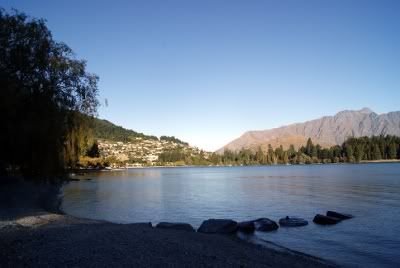
Queenstown itself is again a surprisingly small city, but unlike those we've seen before it is clearly thriving. The city is nestled at the foot of some mountains along one side of a very huge lake, and our hostel (the YHA Queenstown) sits on the waterside, with stunning views across the waters to the seriously rugged mountains which rise up on the far side.
We'd heard that Queenstown has a reputation in New Zealand for being overly commercial and too focussed on tourism, so we'd been expecting a mountain-top Ibiza. In fact, the place is just popular, and has made few compromises to accommodate its temporary population. The town centre is small and friendly, with plenty of restaurants and bars to keep people busy, and far from being populated by drunken teenagers out on the pull, we saw a healthy mix of teenagers, twenty-somethings, young families and elderly couples. Everyone seemed to co-exist happily and, as seems to be the way in New Zealand, there never seemed to be any risk of things becoming violent or dangerous. We had dinner on the balcony at a pre-dotcom bubble restaurant called @Thai and then – since that wasn't remotely filling and we weren't remotely drunk enough – we shared chips down by the waterside while the sun set, then retired to a local bar for a second bottle of wine.
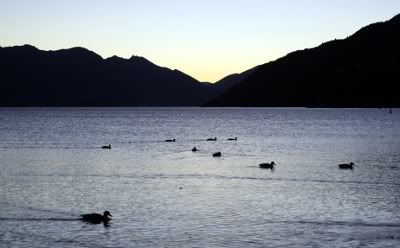
Although we're staying in a youth hostel here, we're not really doing the backpacking thing (as, I suppose, is evident from our eating habits), although we've crossed paths with plenty of backpackers while we've been here. I always had a prejudice about the sort of person who came back from a gap year enthusing about their backpacking adventure, and it's good to see my assumption confirmed that they weren't all having life-changing experiences and discovering new worlds at all, they were in fact just traipsing around the same limited set of youth hostels each set in major destinations, where they would sit outside their accommodation smoking cigarettes, getting wasted and trying to pull one of the hundreds of other western backpackers who are all doing precisely the same thing. Which isn't to say this is a bad thing – that's all we were doing at home after all – but I always knew they were fibbing about the spiritual enrichment.
Paul also made me laugh extremely loudly today, by reporting that “a jellyfish cannae work in an old folks' home”. A veiled reference to abysmal movie Love Happens, you understand.
